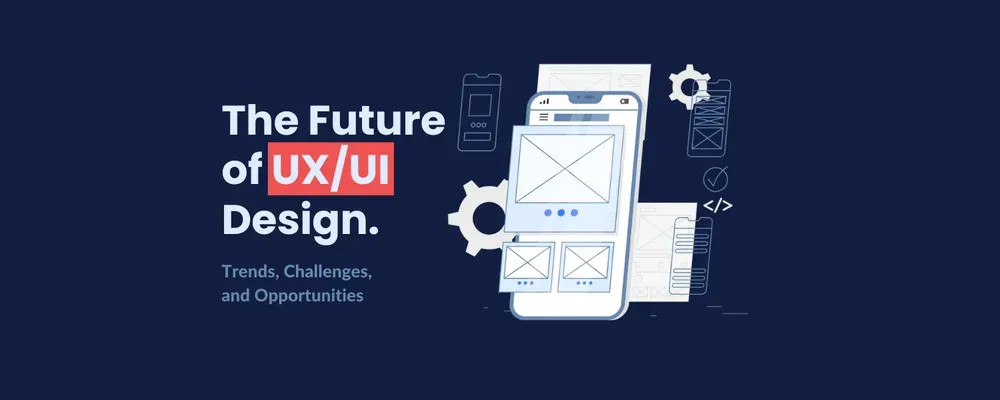The Future of UX/UI Design: Trends, Challenges, and Opportunities


Your mind is a relentless chatterbox, hijacking your focus and fueling stress. 10% Happier isn’t about enlightenment—it’s about control. Dan Harris, once a skeptic, breaks down how meditation sharpens decision-making, lowers reactivity, and gives professionals a competitive edge—without the fluff.
Discover the timeless truths of human nature with Same As Ever by Morgan Housel. This review unpacks how history repeats itself through our unchanging behaviors, offering fresh perspectives for leaders, students, and anyone seeking wisdom on trends, growth, and navigating change.
The single leftover slice of pizza—unclaimed, unwanted, yet impossible to throw away. It’s not just about food; it’s about us. Our quirks, our hesitation, our fear of letting go. Sometimes, even a stale crust can hold a mirror to human behavior. Letting go? It’s never just about the pizza.
Bullying seeps into every corner of life. From classrooms to workplaces, whispers to violence. Its roots lie in insecurity and envy, but it always backfires. Bullies crumble under their own weight, while kindness, integrity, and resilience endure. In the end, good always wins.
Subscribe to get the newest posts in your inbox! I write a ton, so you’ll get a few emails, but hey, who needs another newsletter when you’ve got a holistic one?